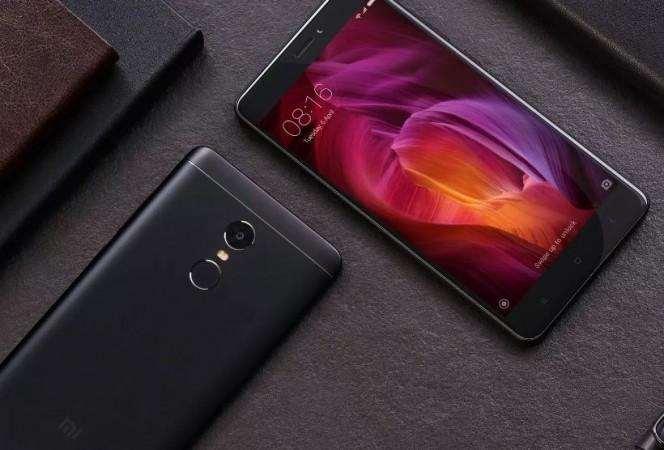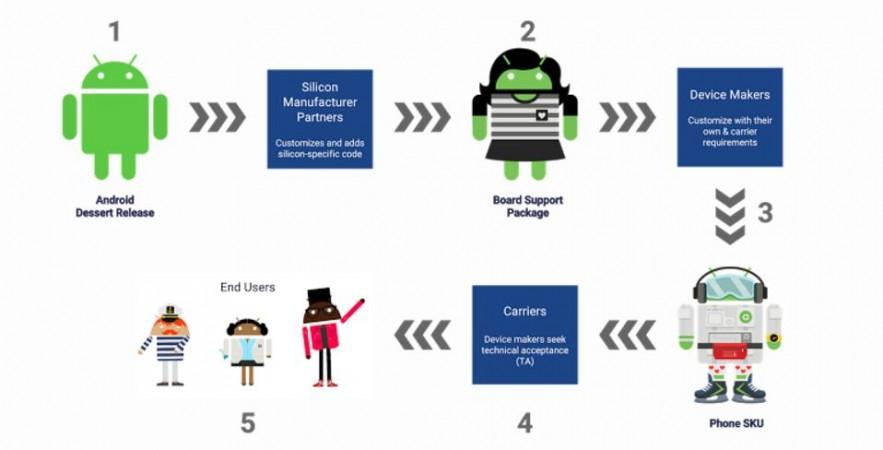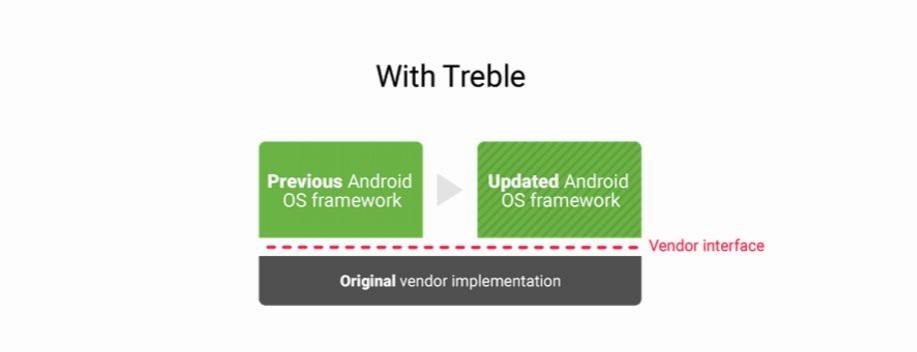
Android is the world's largest mobile platform and it has its own perks for being one. The open nature of the OS makes it the most preferred operating system for OEMs and developers alike. As a result, there is always something new that's happening around it.
One of many hidden features of Android that does not get due appreciation is Project Treble, which Google itself calls "the biggest change to the low-level system architecture of Android to date" and we couldn't agree more. Project Treble was launched with Android Oreo, but not many smartphones were updated to it despite its benefits. Xiaomi Redmi Note 4 was one of them, but a developer took upon himself to change that.
According to a post on XDA Developers, a senior member of the XDA community, abhishek987 successfully brought full Project Treble compatibility to Snapdragon-powered Xiaomi Redmi Note 4.
"Since a new partition was required for full treble, we converted an unused cust partition into vendor which is almost 830mb in size. No, we are not re-partitioning your device or anything else, which may hard brick your device (sic)," XDA senior member wrote in his post.

The biggest advantage of updating to Lineage 15.1 ROM is that users can always fast boot the ROM to flash it back to MIUI with no harm done to the device. But making Treble compatible on Xiaomi Redmi Note 4 via Lineage 15.1 lessens the time to update the device to Android P once its source code is available. If you wish to flash your the Redmi Note 4 with Lineage 15.1 ROM, follow the original post of abhishek987 and follow the instructions carefully.
IBTimes India hasn't individually verified if the update works as promised, and this publication is not responsible for any device-related issues while updating to the custom ROM, which comes with its own risks like voiding company warranty.
If you've been an active member of the tech community, you'd be aware of Project Treble and its advantages. It's basically Android software updates on steroids. Android users are well aware of the delays caused with every major software release, which includes OEM and carrier-level customizations and certifications before end users start getting the new firmware.

The best example is the current rollout of Android Oreo, which was launched publicly last August and has managed to just cross 1 percent of the total Android smartphones. Majority smartphones either run on Android Nougat, Marshmallow and Lollipop, which together power more than 80 percent of Android smartphones.
That said, Project Treble would change that by speeding up the upgradation as OEMs can deliver Android release to consumers by just updating the Android OS framework without any additional work required from chipset manufacturers. Even though smartphones launching with Android Oreo phones must be Treble-compatible, devices that'll update to the new OS need not be, which is why companies like OnePlus, Nokia and Samsung gave this nifty feature a miss.










